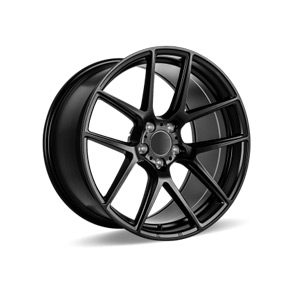Understanding the Functionality and Mechanics of Cable Throttle Pedals in Modern Vehicles
Understanding Cable Throttle Pedals Functionality and Advantages
In the world of automotive engineering, the throttle pedal plays a crucial role in controlling the engine's power output. Among the various types of throttle control systems, the cable throttle pedal system remains a favored choice for many vehicles, particularly in older models and certain performance cars. This article delves into the functionality, design, and advantages of cable throttle pedals.
What is a Cable Throttle Pedal?
A cable throttle pedal system is a mechanical method of controlling the engine's air intake, allowing the driver to regulate the vehicle's speed and responsiveness. Unlike electronic throttle control systems, which rely on sensors and electronic signals, a cable throttle operates through a physical cable that connects the pedal directly to the throttle body of the engine. When the driver presses the accelerator pedal, the cable pulls on the throttle plate, allowing more air to enter the engine, which in turn increases power output.
Design and Mechanism
The design of a cable throttle pedal is relatively straightforward. It consists of an accelerator pedal, a cable, and the throttle body. The pedal is mounted on a pivot and connected to a cable that stretches to the throttle body. As the driver presses down on the accelerator, the pedal moves, causing the cable to pull on a lever connected to the throttle plate. This mechanical connection allows for an immediate response to the driver's input, translating to a direct relationship between pedal position and engine power.
One of the significant components of the cable system is the return spring, which ensures that the throttle plate returns to its closed position when the pedal is released. This mechanism prevents unintended acceleration and contributes to vehicle safety.
Advantages of Cable Throttle Pedals
cable throttle pedal

1. Simplicity and Reliability One of the most significant advantages of cable throttle pedals is their simplicity. The mechanical nature of the system reduces the risk of electronic failures that can occur in digital throttle systems. Fewer components typically mean fewer points of failure, leading to greater reliability.
2. Direct Response Many driving enthusiasts prefer cable throttle systems for their direct and predictable feedback. The tangible connection between the pedal and the throttle allows drivers to feel a more immediate response from the engine, enhancing the overall driving experience, especially in performance vehicles.
3. Ease of Maintenance The straightforward design of cable throttle systems makes them easier to maintain and troubleshoot compared to their electronic counterparts. Mechanics familiar with traditional designs can quickly diagnose and fix issues, which can be a significant benefit for older vehicles or in regions where advanced diagnostic tools are not readily available.
4. Cost-Effectiveness Vehicles equipped with cable throttle systems are often less expensive to manufacture since they do not require complex electronic sensors and control units. This cost-effectiveness can be passed on to consumers, making these vehicles accessible to a broader audience.
5. Less Weight The reduction in electronic components translates to a lighter overall system. For performance vehicles, every bit of weight matters, and a lighter throttle control system can contribute to improved acceleration and handling.
Conclusion
While modern vehicles increasingly adopt electronic throttle control systems for their advanced features and efficiencies, cable throttle pedals remain an essential option in specific contexts. Their simplicity, reliability, direct response, and ease of maintenance make them a lasting choice for many drivers and manufacturers. Whether in a classic car or a high-performance model, cable throttle pedals hold a unique place in the realm of automotive design, reflecting a blend of tradition and functionality that continues to appeal to enthusiasts and everyday drivers alike.
-
Workings of Clutch Pipe and Hose SystemsNewsJun.04,2025
-
The Inner Workings of Hand Brake Cable SystemsNewsJun.04,2025
-
The Secrets of Throttle and Accelerator CablesNewsJun.04,2025
-
The Hidden Lifeline of Your Transmission Gear Shift CablesNewsJun.04,2025
-
Demystifying Gear Cables and Shift LinkagesNewsJun.04,2025
-
Decoding Clutch Line Systems A Comprehensive GuideNewsJun.04,2025
